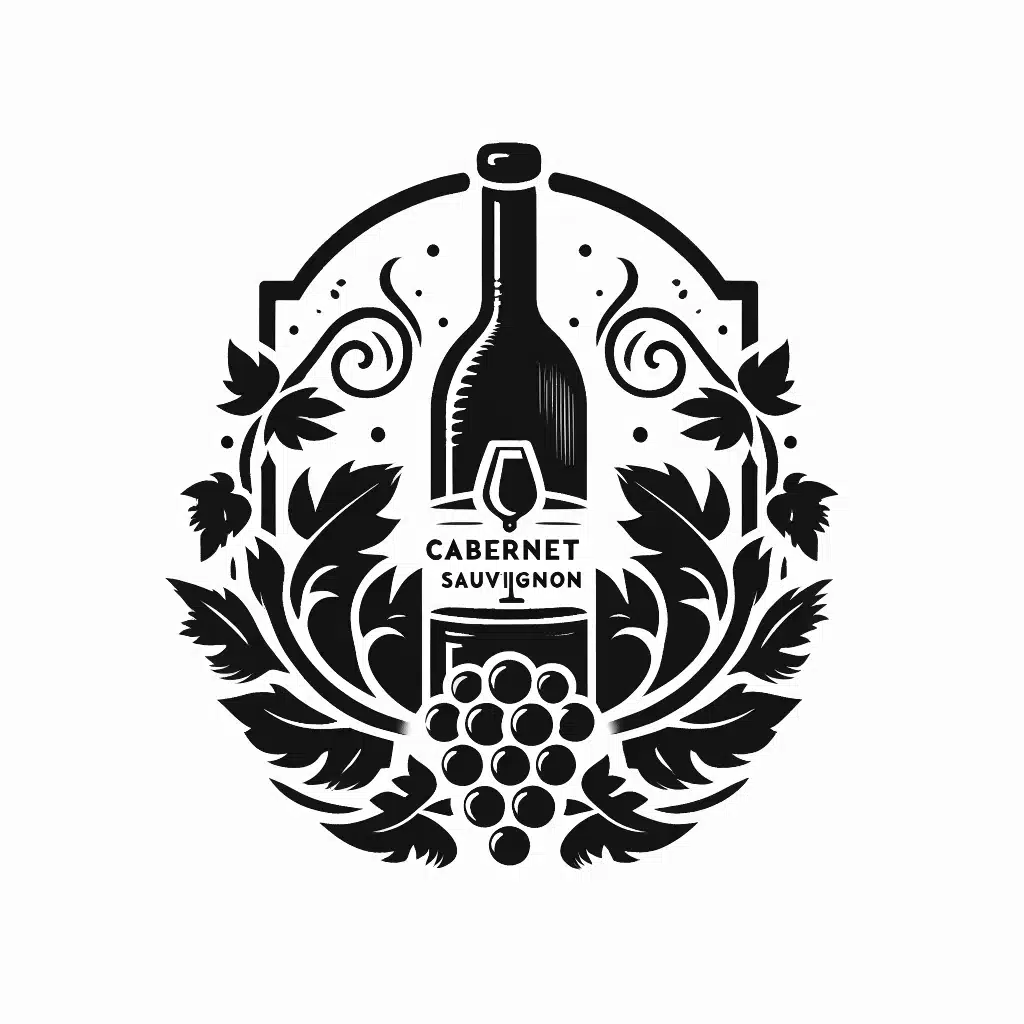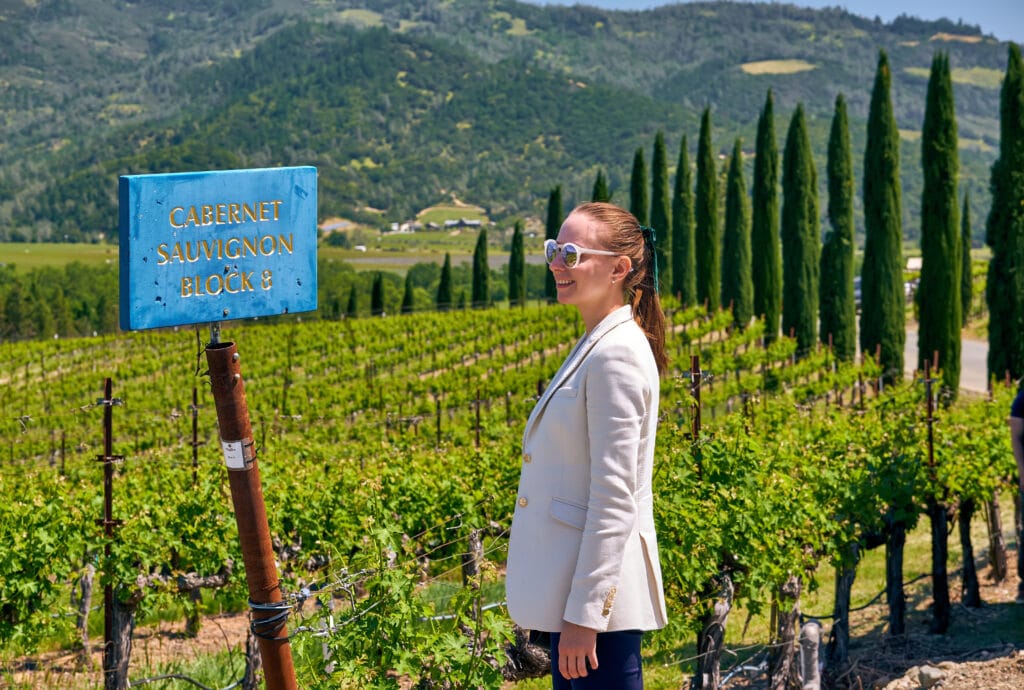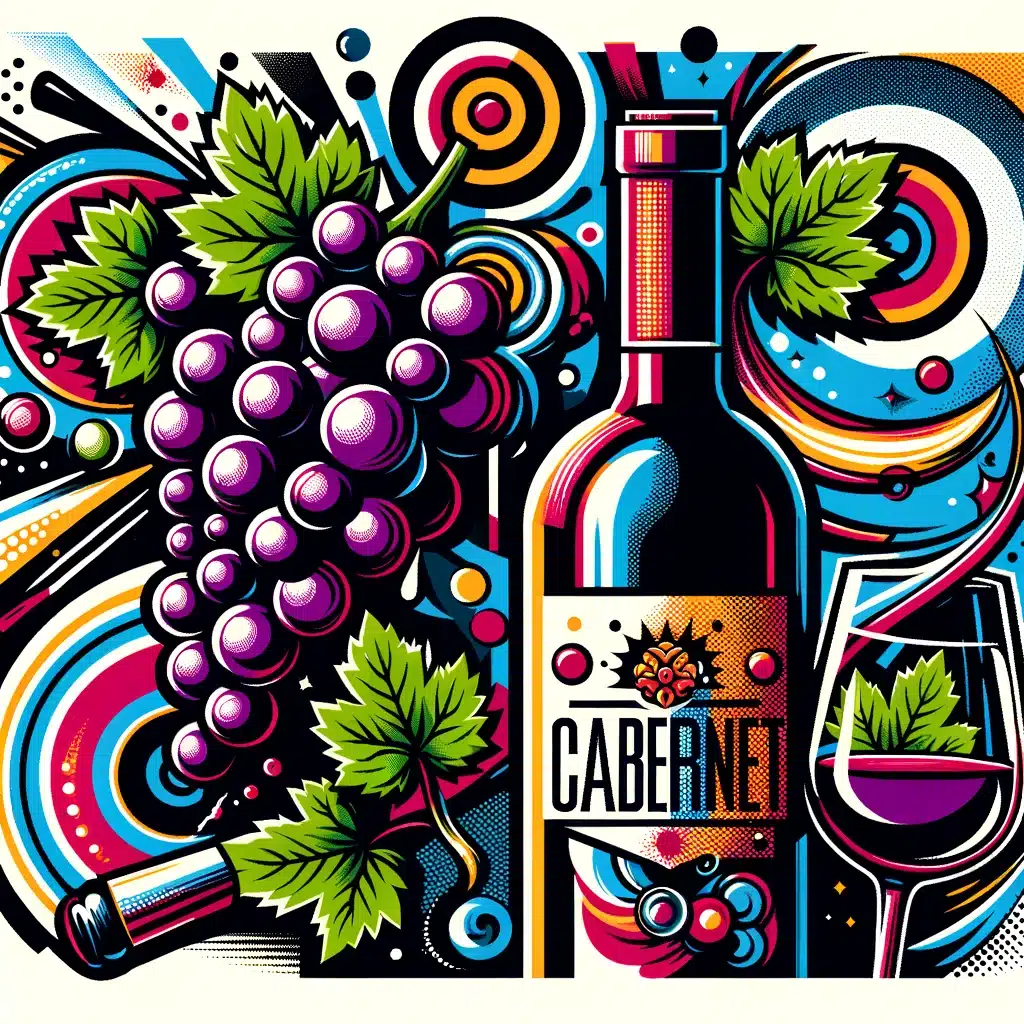Please look at a list of the best-scored wines globally; browse the web for the most expensive reds in the market, or browse the top-shelf section of your local wine store; over half of them will be Cabernet Sauvignon. A few grape varieties dominate red wine, and Cabernet is one of them. It delivers the flavors the world wants, day in and day out. It is undoubtedly a noble grape, but its wines can be more different than you think. Here’s all you need to know about the king of red grapes.

Cabernet Sauvignon
There are currently around 840,000 acres of Cabernet Sauvignon around the globe, making it the most planted red grape in the world (for wine, that is). But Cab Sauv is a relatively new grape. Yes, some grapes are younger than others. DNA testing in 1997 proved that Cabernet is the offspring of two classic French grapes: Cabernet Franc and Sauvignon Blanc. The crossing probably happened a few centuries ago, and vignerons quickly detected the noble properties of the young vine and its flavorful fruit.

Location, Location, Location
Bordeaux is Cabernet Sauvignon’s spiritual home. We all know the French region for its age-worthy wines made with blends, in which Cabernet plays the lead role. Most new-world wine regions have also chosen Cabernet as their go-to red grape. California produces extraordinary examples, but so do Chile, South Africa, and Australia. Cabernet has infiltrated other classic European regions and is part of the exciting wines of Spain and Italy. The grape’s popularity keeps growing, but why?
Growing Cabernet
Cabernet vines flower late in the season, and their fruit is ready to pick several weeks later than others; this is good for grape growers since it provides insurance against spring frosts that could damage the crop early in the year. The vine is also very resilient to disease and appears to give good fruit almost anywhere it’s planted. Cabernet can taste very different depending on the climate, altitude, and soil type. Cabernet will show its serious, structured face if the weather is cold or the vintage is cloudy, with a green aroma overpowering the fruit. In warmer climates or perfect vintages, Cabernet is generous with black fruit aromas and alcoholic warmth.
For instance, Cabernet Sauvignon from Napa Valley differs significantly from Paso Robles Cabernet Sauvignon. Some wines, like the Silver Oak Cabernet Sauvignon, accentuate their differences using American Oak rather than French oak.

Flavor Profile
Its grapes have a thick skin that becomes rich, concentrated wines with lots of tannins and structure, precisely what you need to make long-lived wines. Black cherries and cassis aromas dominate the nose, blending beautifully with the aromas of oak aging: tobacco leaves, baking spices, and vanilla. California Cabernet Sauvignon is rounder and fuller in body than a wine from Bordeaux, but it has a similar aroma and flavor. The grape inherited a trait from its parents: a tendency to develop green vegetable scents from a pyrazine molecule. So, don’t be surprised to find bell pepper aromas in your glass!
Cabernet Sauvignon Wines & Recommendations
Why are there $5 bottles of Cabernet on supermarket shelves when other bottles cost over $2000? Not all wines are created equal. Cabernet grows everywhere, but high-quality grapes come only from the best sites, and those are rare. The trick is to know where Cabernet Sauvignon grows well but is also reasonably priced. Here are a few suggestions from the Wine School, from the least to the most expensive:
Francois Lurton Gran Lurton Cabernet Sauvignon, Mendoza, Argentina
A juicy Cabernet Sauvignon with ripe black fruit and compote on the nose has a velvety palate and a long finish with new oak flavors.
Stella Bella Cabernet Sauvignon, Margaret River, Australia
It is a dark wine with a complex bouquet of red and black ripe fruit, vanilla, cinnamon, and clove over a tight structure that opens in the glass.
Chateau Malartic Lagraviere, Pessac-Leognan, France
A rich, concentrated garnet-hued wine with lovely acidity and subtle grippy tannins. Savory black fruit shows on the nose and is complemented with spice box aromas.
Montes Alpha M, Apalta, Chile
Restrained at first, this wine slowly shows a perfume filled with black fruit, cassis, and blackberries that merge very well with vanilla and baking spices.
Wynns Coonawarra Estate John Riddoch Cabernet Sauvignon, Coonawarra, Australia
It is a beautiful inky red with dark fruit aromas, spices, nice acidity, and round tannins. This wine has a long, comforting aftertaste.
Robert Foley Vineyards Cabernet Sauvignon, Napa Valley, USA
Polished and firm, this Cabernet Sauvignon is very well balanced between dark fruit aromas and oaky spices. Its smooth palate has intense fruit flavors.
Common Questions
What is unique about Cabernet Sauvignon?
A child of Cabernet Franc and Sauvignon, it’s one of the most modern wine grapes, dating back to the early 19th century. From that point onward, it has become one of the most beloved grapes in the world.
What is the difference between Merlot and Cabernet Sauvignon?
Genetically, Merlot and Cabernet Sauvignon are very similar. When tasted blind, most sommeliers cannot tell the difference between them if they are grown and produced similarly.
What kind of wine is Cabernet Sauvignon?
Cabernet Sauvignon is a full-bodied red wine with medium to full tannins and medium acidity. Initially grown in Bordeaux, France, it is commonly grown worldwide in temperate regions.
What does Cabernet Sauvignon wine taste like?
Its fingerprint consists of the aroma of green pepper and pencil shavings. While that may sound unappealing, it is one of the most popular wines in the world due to its flavor profile.
What is the best Cabernet Sauvignon?
Picking the best wine is subjective and depends on the wine drinker’s education level.
How do you pick a good Cabernet Sauvignon?
For good Cabernet Sauvignon, look to regions best known for producing them. The Left Bank of Bordeaux, Northern California, and Columbia Valley in Washington State are excellent options.
Sign Up & Save on All Classes!
Join our newsletter today and unlock exclusive offers and wine education insights straight to your inbox!
